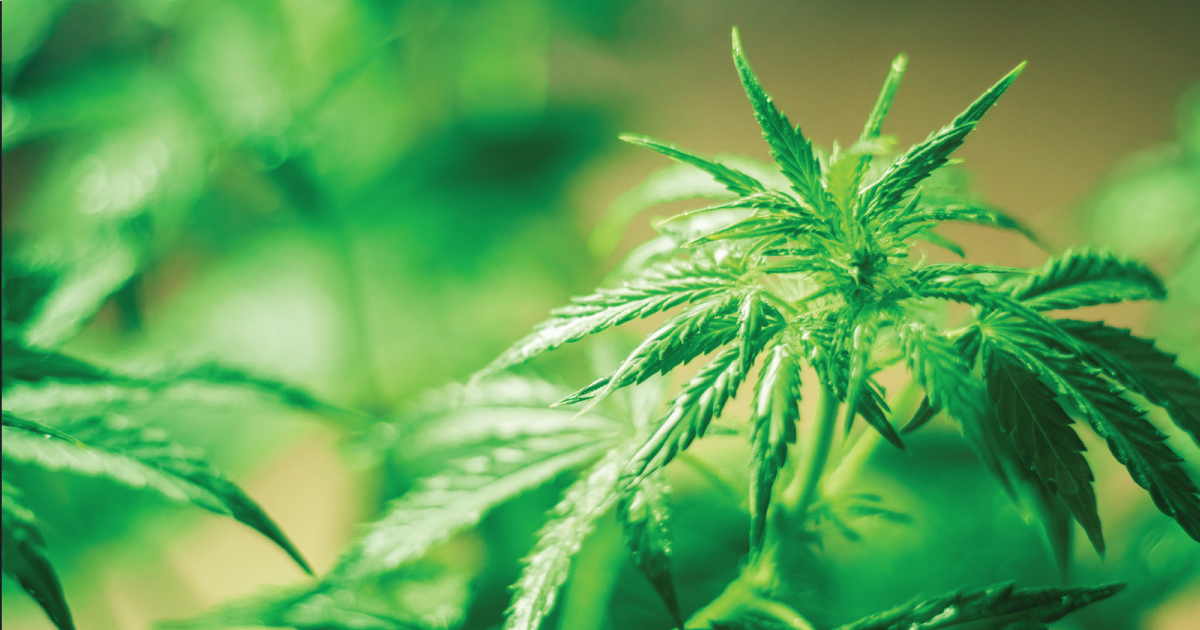
The Environmental Impact of Cannabis Cultivation
As conscious consumerism enters the cannabis world, purchasing decisions may be based more on fair trade and regenerative farming than on orange hairs and THC percentage. With legalization taking hold, the industry has shifted from trying to protect people from the police to trying to protect small businesses from the behemoths that are inevitably entering the cannabis space.
January 21, 2019 | Source: Cannabis Now | by Amanda Reiman
When it comes to sustainable cultivation, it’s the method that matters.
As conscious consumerism enters the cannabis world, purchasing decisions may be based more on fair trade and regenerative farming than on orange hairs and THC percentage. With legalization taking hold, the industry has shifted from trying to protect people from the police to trying to protect small businesses from the behemoths that are inevitably entering the cannabis space. But while a lot of support for small cannabis businesses comes out of a concern for the people involved, there’s another party to be considered: the planet.
Large-scale industrial agriculture has historically been no friend to the environment. But where does the environmental impact of cannabis production really lie? It’s not necessarily size that determines how sustainable a cannabis grow is. A small, indoor operation wastes an incredible amount of electricity, while large-scale outdoor regenerative farming is possible with foresight and planning.
